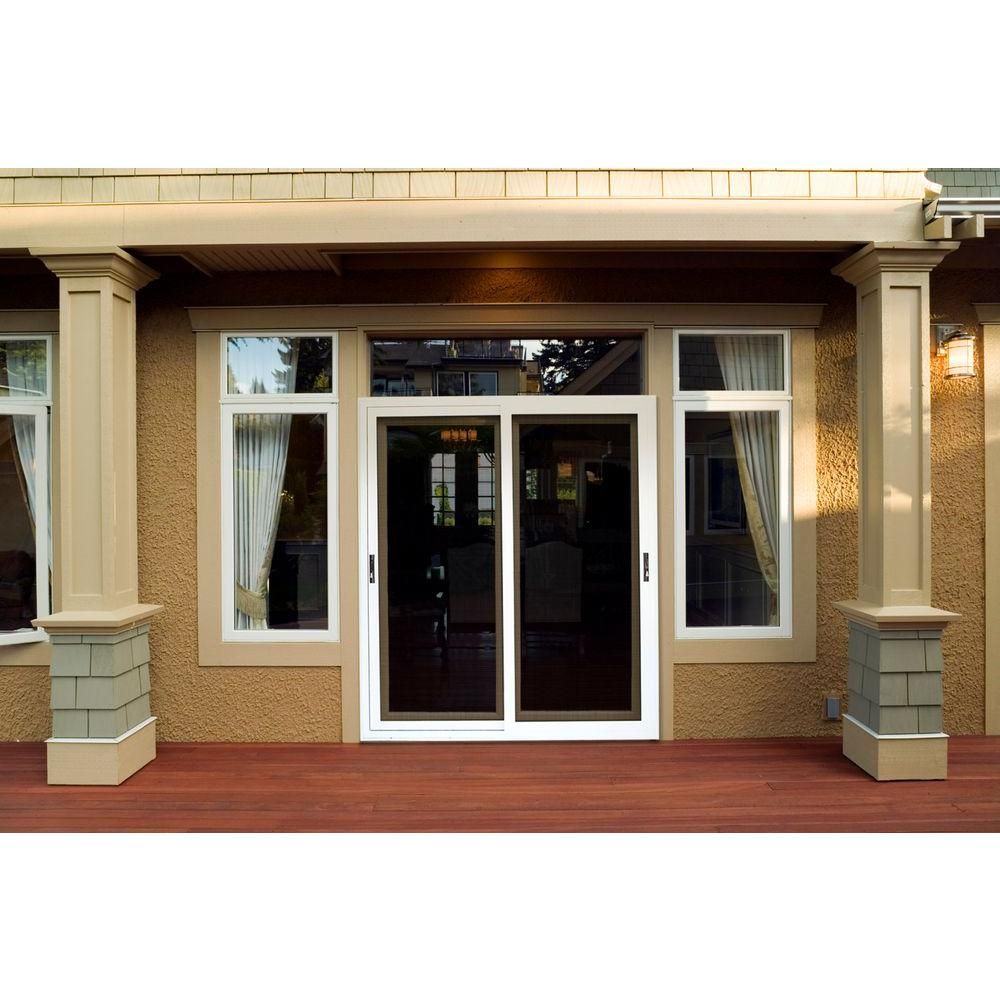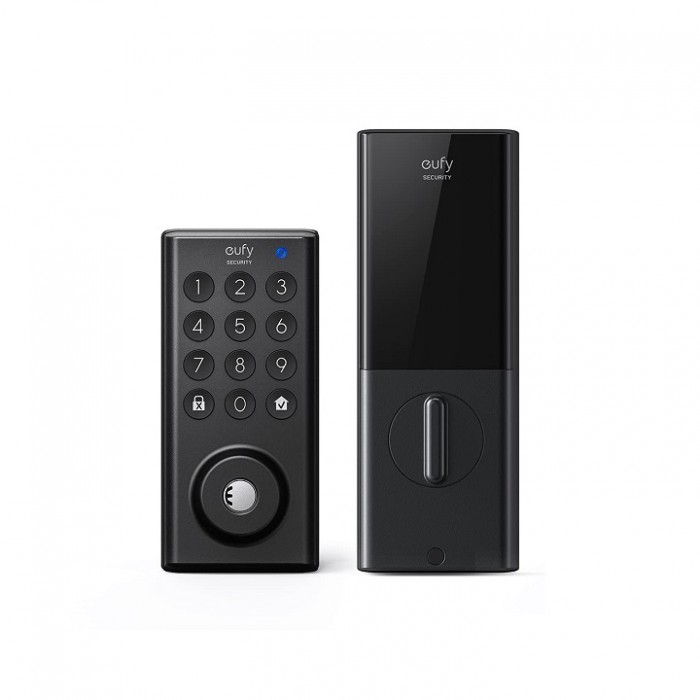
If you have a home security system, you can now use Google Home to control it. While this is not a replacement for a home security system, Google Home will allow you to keep an eye on your property from wherever you are. Google Home can be used with top-rated security systems. ADT is a home security company that was established in 1874 and offers a wireless alarm system that can work with Google Home. Vivint and others also have smart home automation products compatible with Google Home.
Vivint
Vivint offers a range of high-quality products and is a smart home system company. Smart Hub, which is the hub for all of Vivint's products, is one of their best features. It can host up to six security cameras. Live streaming is possible via Wi-Fi. The system also has several customizable features, including the ability to send alerts to your phone or send panic signals to the monitoring center. The Smart Hub also works with Amazon Alexa and Google Home. This means that you can use your voice to remotely control your security systems.
Vivint security systems are compatible with Google Home, and other smart home devices that use the Z-Wave smart-home protocol. However, there are some potential compatibility issues. You can return your smart home devices and receive a refund if they do not work with your system. Vivint can also be used with Nest and Amazon Echo.

SimpliSafe
Google Assistant allows you to arm or disarm your Simplisafe security systems from your smartphone. You can also turn on the privacy shutters, as well as activate the window or door protection. You can also change the mode of your system using the Simplisafe Android app.
To use your SimpliSafe security system with Google Home, you need to be a premium subscriber. This option allows you to create a personal assistant and link your SimpliSafe security systems to your Google account. To control the system, you can use text prompts or voice commands. Google Assistant can arm or disarm your SimpliSafe security systems, but it cannot control smoke alarms, turn off lights, view camera feeds, or view them.
Cove
The Cove security system comes with a simple touchscreen hub and a handful of sensors that range from $10 to $20. The sensors can be placed in any room of the home, and they will automatically notify you if they detect any danger. The sensors also have a flood/freeze sensor, which can detect frozen pipes or moisture. The basic system costs $757, but you can get more for an additional fee.
Cove provides 24/7 support via email or phone. Cove also offers live chat on weekdays, between 10:00 a.m. Eastern Standard Time and 6:00 PM Eastern Standard Time. You can also find installation instructions online.

ADT
While ADT currently sells Nest hubs and thermostats, it is also developing its own products that can be integrated with Google Home. Both companies have joined forces to develop new products that use Google's analytics capabilities. Both companies hope to offer their customers a seamless experience with their new systems.
ADT & Google are working together in order to integrate both companies' systems as soon possible. Both companies are currently developing software that will facilitate integration. ADT's 5,700 technicians are key to this partnership, as is Google's customer support. ADT & Google will jointly invest $150 millions each in research & development over the next seven decades as part this partnership. The funds will go towards engineering, designing, and marketing new products. ADT repaid $300,000,000 of debt and had $10.3 billion in net debt as at March 31.
FAQ
What is the best wireless security device you can purchase?
D-Link Wireless Security System is my favorite wireless security system. It is the most affordable system available. Everything you need is included in one package. It comes with a camera, motion sensor, and remote control. It is easy to connect it and follow the instructions.
What is the distinction between surveillance cameras and security cameras?
Surveillance cameras may be used to monitor, but security cameras can also be used to protect.
Both types have their strengths and weaknesses. Their main differences are the types of images they capture. Surveillance camera record video in slow-motion so you can follow what's happening live. Security cameras however, record video but not still photos. These images can be viewed later.
How do I decide between the different types of home security system?
You need to think about the potential threats that your area faces. An alarm that will sound when someone enters your residence might be a good idea if your area is plagued by crime. You may not require as much security if your home is in a rural area with few burglaries.
You should also think about whether you're willing to pay for extra features. Some systems have built-in cameras, while others don't. Some systems allow you to remotely monitor your home, while others require that you be present to view the footage.
What price should I pay to have alarm monitoring?
Alarm monitoring costs can vary depending on whether you need it to be monitored frequently, what equipment you need and whether you are looking for an all-inclusive plan or a monthly fee.
Statistics
- Depending on your insurance, 24/7 professional monitoring may qualify you for as much as 15% off your premium. (safewise.com)
- Cove sets you free without punishing penalties and fees, unlike other security solutions that charge 75% to 100% of your remaining contract. (safewise.com)
- Most home security companies will charge you around 75% of the remaining term of your contract if you cancel early—and some require 100%.Related questionsWhat type of contract length can I expect from security providers?Home security system cancellation (safewise.com)
- (In my experience, the discount on my home insurance covered about 25 percent of the subscription of an average plan, but your mileage may vary depending on your location and the size of your home.) (theverge.com)
External Links
How To
How to Install Outdoor Motion Lights
How to install outdoor lighting
The first step in the installation of outdoor motion light fixtures is choosing the right light fixture type. Next, you need to decide where your lighting fixtures should be placed. The next step is to wire the system. The last step is to mount your lighting fixtures.
Outdoor motion lights are used for lighting pathways, driveways or walkways, as well as patios, steps and stairs. They are available in many different styles, shapes, sizes, and colors. Floodlights, spotlights and pendants are just a few examples. Track lights, track lights, recessed lighting, ceiling fans, wall sconces and chandeliers are also available.
There are three main types of motion lights: hardwired, wired and battery-powered. Hardwired systems connect the power source directly to the fixtures using wires. Wireless systems use radio waves for transmitting signals from one fixture into another. For the operation of the fixtures, battery-powered systems use batteries.
Most hardwired systems can be installed by electricians. Hire an electrician to install these systems. If you don't know how to install these systems, it is worth hiring an electrician who specializes.
Wireless systems are often easier to set up than hardwired ones. There are no cables to run through walls or ceilings. If you do decide to buy a wireless system, however, you need to first determine which wireless technology is best for you. There are two major types of wireless technologies. IR systems need line of sight between transmitter and receiver. Because they bounce off objects like walls and furniture, RF systems permit some obstruction.
Before you can buy a wireless system, make sure you know which controller you will use. Most outdoor lights have built-in controls. But if you prefer to control them yourself, you'll need to choose a wired remote or a handheld remote. The wired remotes attach to the fixtures using cables. These remotes can be used by hand and look like flashlights.
Easy installation of battery-powered systems is possible. Simply plug them into an electric outlet. The majority of models have motion sensors to prevent lights from switching on when there is no movement. The lights will turn on automatically if there's any movement near the sensor.
Many outdoor motion lights have timers. These timers allow you to save energy by turning the lights on and off at night. Timers generally range from 10 minutes to 24 hours.
When you're looking for outdoor lighting, you might be tempted spend more on better quality products. However, unless you are really looking for a particular feature, it doesn't make sense to spend more money. An LED spotlight is enough. It won't cost much, and it will provide plenty of illumination.
The Best Home Security System. The home security industry has grown tremendously over the past few years. This growth has been fueled by technological advancements and increased public awareness regarding crime prevention. The result is that homeowners now have many options to choose from when installing a home alarm system.